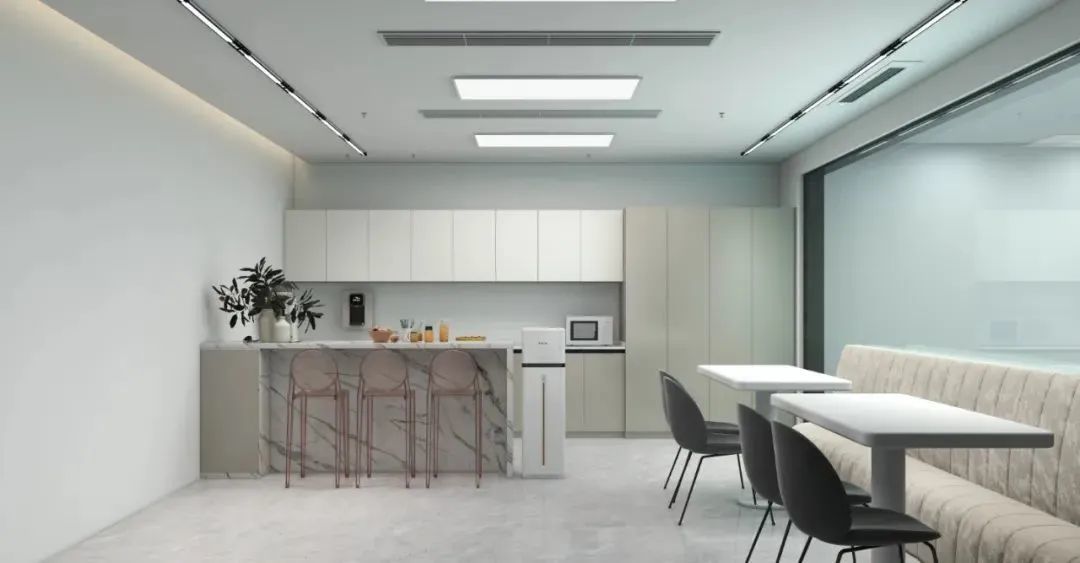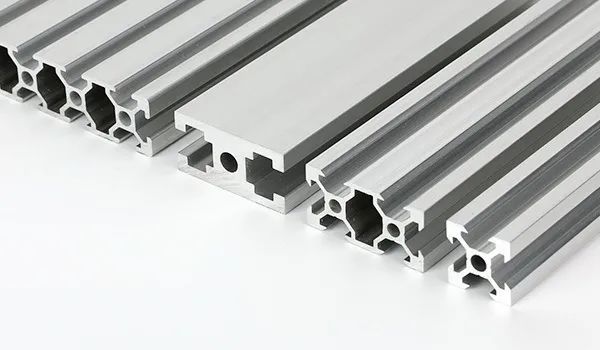How industrial aluminum anodizing works
Release time:
2022-06-17
At present, China's aluminum industry is developing very rapidly at this stage. It is used in various industries. In recent years, the development of industrial aluminum products in China is relatively fast. The category of industrial aluminum products has increased significantly, and the continuous development of the use of aluminum resources has accelerated the development of aluminum resources in China.
At present, China's aluminum industry is developing very rapidly at this stage. It is used in various industries. In recent years, the development speed of China's industrial aluminum product is relatively fast. The category of industrial aluminum products has increased significantly, and the continuous development of the use of aluminum resources has accelerated the development of aluminum resources in China.
1. Surface degreasing process
The purpose of the degreasing process is to remove industrial lubricating oil and anti-corrosion oil on the surface of aluminum profile , as well as dirt and impurities attached to the surface of the profile to ensure uniform aluminum profile Alkali corrosion, and ensure the cleanliness of the alkali corrosion tank.
2. Surface treatment
Surface treatment, also known as surface pretreatment, is the use of physical and chemical substances to remove dirt on the surface of the aluminum profile to expose the main body of the aluminum profile, thereby contributing to the future oxidation of the surface of the aluminum profile.
3. Acid etching process
Surface acid etching process is to carry out surface acid etching treatment after degreasing of aluminum profiles. The main purpose is to remove the oxide formed by the oxidation of other metal elements on the surface of the aluminum profile and the natural oxide film of the profile; after acid etching, it needs to be cleaned immediately, and the cleaning temperature should be controlled at 50°C to avoid flow marks on the contour surface. Then clean with active water. Since the aluminum profile contains copper element, the surface becomes dark after the acid etching test. It needs to be soaked in nitric acid solution for 3-5 minutes to turn the surface into bright silver.
4. Alkaline etching process
The main purpose of the alkaline etching process is roughly the same as that of the acid etching process. It removes the residual material and degradation layer on the surface of the aluminum profile during the oxidation process, and eliminates the scratches left on the surface of the aluminum profile during the kneading process; the surface of the aluminum profile is alkaline, and the corrosion treatment is for the overall quality of the aluminum profile surface Plays a vital role.
5. Neutralization process
The purpose of the neutralization process is to remove copper, manganese, iron, silicon and other alloy elements that are insoluble in the alkaline solution or impurities remaining on the surface of the aluminum profile after the acid etching treatment and the alkali etching treatment. For the remaining alkali solution after etching treatment, the usually selected method is to use 30%-50% nitric acid solution. For the high silicon aluminum alloy, the alloy is formed by casting, and a mixed acid of nitric acid and hydrogen fluoride in a volume ratio of 1:3 is selected. Silicon and hydrogen react with hydrofluoric acid to form fluorosilicic acid and leave the aluminum surface.
6. Anodizing treatment
The method of anodizing treatment is to use a solution as a medium, and select a tip discharge to form an oxide film on the surface of the aluminum profile, so that the aluminum profile has super corrosion resistance, because the anodized aluminum obtains a protective layer The profile has better high hardness and corrosion resistance. The standard thickness is 10-12μ, which can better improve the anti-oxidation function of the advanced aluminum profile and the aesthetics of the advanced profile.
Contact Information
Customer Service Tel: +86-539-7177878
Mailbox: kemet@sdkemet.com
Zip Code: 273400
Address: Linyi City, Shandong Province
Copyright©2023 Kemet New Materials Technology Co., Ltd. All Rights Reserved





